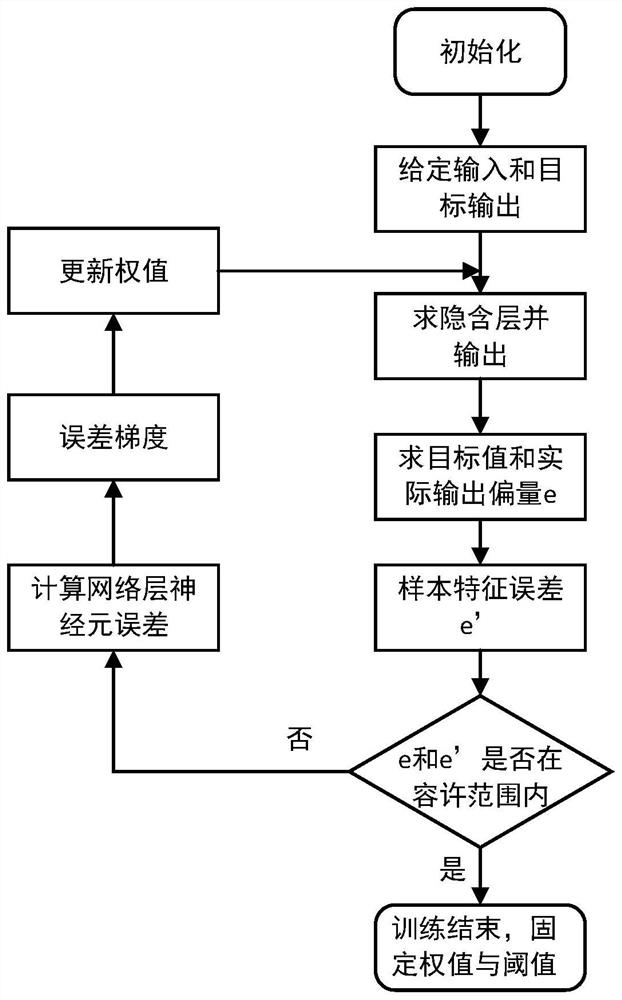Method for realizing target identification by Faster-Vibe and classification algorithm
A target recognition and classification algorithm technology, applied in neural learning methods, character and pattern recognition, computing, etc., can solve problems such as ghosting, holes in images, and large amount of calculations in frame difference methods, so as to reduce interference, improve management, and The effect of increased computing speed
- Summary
- Abstract
- Description
- Claims
- Application Information
AI Technical Summary
Problems solved by technology
Method used
Image
Examples
Embodiment Construction
[0045] The present invention is elaborated in conjunction with accompanying drawing:
[0046] The present invention provides a kind of Faster-Vibe and classification algorithm to realize target recognition method, such as figure 1 shown, including:
[0047] (1) By performing an uneven downsampling operation on the input image, the pixels of the image are reduced while ensuring that the target features are not lost, reducing the amount of calculation and improving the detection speed. Assuming that the original image is divided into n regions rect 1 , rect 2 ,...,rect n , the corresponding area down_rect after downsampling 1 ,down_rect2,...,down_rect n , the scale coefficient of the corresponding area is s 1 ,s 2 ,...,s n ;
[0048] (2) Initialize the non-uniform downsampled image: Assume that the pixel values of each pixel and its neighbor pixels have similar distributions in the spatial domain. When the first frame of image is input, that is, when t=0, the backgro...
PUM
 Login to View More
Login to View More Abstract
Description
Claims
Application Information
 Login to View More
Login to View More - R&D
- Intellectual Property
- Life Sciences
- Materials
- Tech Scout
- Unparalleled Data Quality
- Higher Quality Content
- 60% Fewer Hallucinations
Browse by: Latest US Patents, China's latest patents, Technical Efficacy Thesaurus, Application Domain, Technology Topic, Popular Technical Reports.
© 2025 PatSnap. All rights reserved.Legal|Privacy policy|Modern Slavery Act Transparency Statement|Sitemap|About US| Contact US: help@patsnap.com



